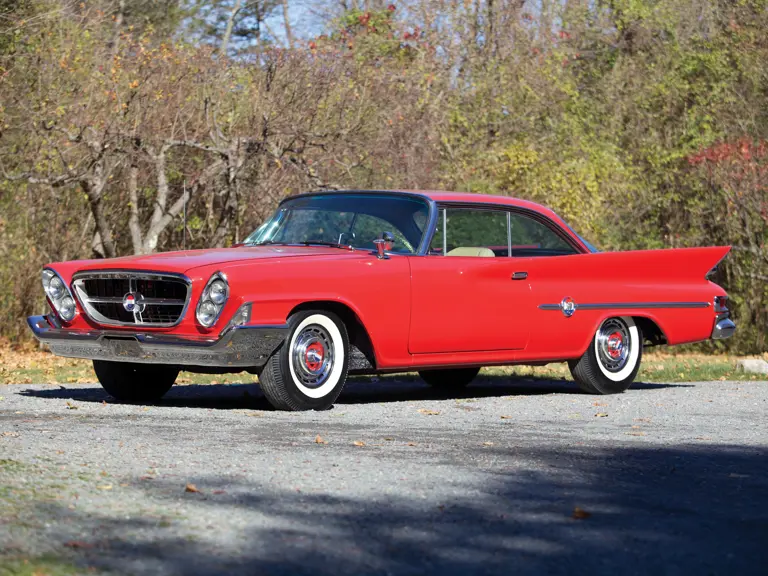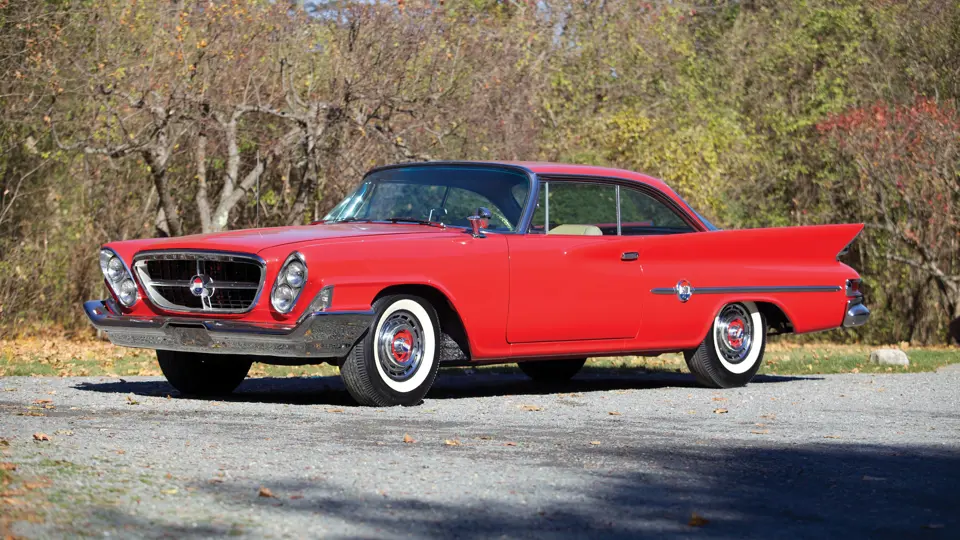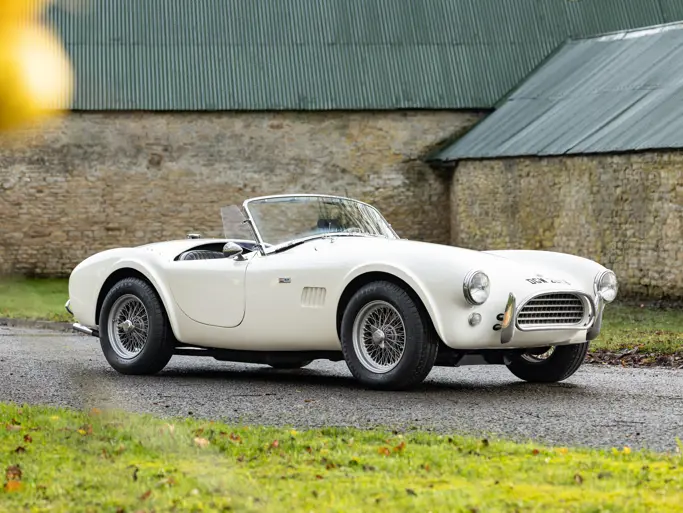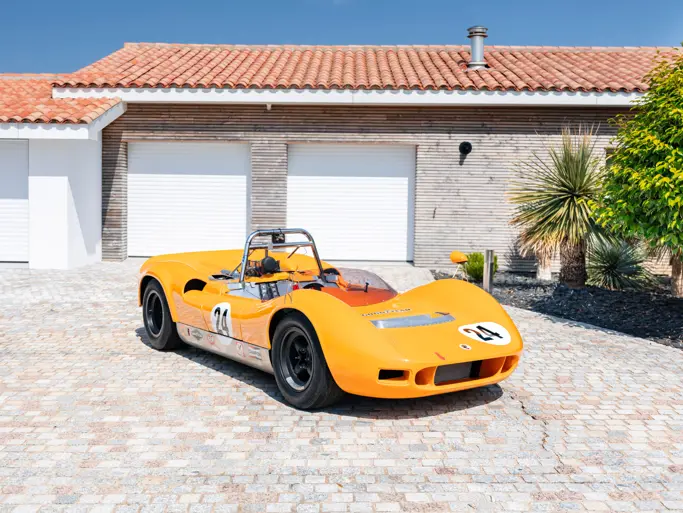 | Auburn, Indiana
| Auburn, Indiana
With the automotive industry about to board the styling roller coaster of the late 1950s, Virgil Exner continued to make improvements to the 300 Series in both mechanical engineering and contemporary styling. Though largely unchanged in 1956, the ensuing years saw the 300 Series adopt tailfins, jet-like dash styling and equally impressive and intimidating performance. By 1960, styling excesses were being toned down and refined and the 300 cars began displaying these changes with sophistication. However, what the 300s of the 1960s were most recognized for was their awesome power.
The 300G represented (to many) Chrysler’s last and most dramatically styled letter cars. Retaining the flamboyant fins of its predecessor and tasteful brightwork, the 300G was a sight as it came hurtling down the road. Without a doubt one of the more lavishly appointed cars when it came to the interior, they were luxurious and exceptionally fast, aimed to the well-fixed motoring enthusiasts of the early 1960s. The Wedge head V-8 offered ample performance and ride control was excellent. They offered dramatic new styling, but at the same time, still remained clearly conceived and built on the foundations of 300C.
Continuing hot on the heels of the 300F, the 300G was even more popular with 1,280 hardtop coupes and 337 convertibles sold. In summary, these numbers represented the third best letter car sales to date. While the combined total of 1,617 wasn’t a large number for a production car, when you consider the 300G cost upwards of $5,500 and was aimed at a select audience; it is recognized that the seventh progression of the 300-Series was a rousing period success.
This car was purchased by Mr. Rigoli on the same weekend in 1989 that he purchased his 300F convertible. He acquired the car from Mr. Carl Sable in Colorado, who had purchased the car from Ed and Bev Aldridge; well-known and respected members of the Chrysler 300 Club. This exciting car was the cover car on John Gunnell’s “Chrysler 300 (1951-1961) Photo Facts” first edition. Approximately 15 years into Mr. Rigoli’s ownership, the paint was beginning to show signs of wear; the car has just been stripped to bare metal and repainted in its original Mardi Gras Red.
The car runs with the legendary 413-cid, 375-hp V-8 engine with cross-ram induction that is mated to a TorqueFlite automatic transmission; the engine compartment is detailed per original specifications. The interior and trunk were redone with Gary Goers leather and carpet reproductions. This “picture perfect” example has the most striking styling elements in the jet-like dashboard instrumentation, ultra-luxurious swivel out front seats, cabin-length center console with armrests and individual seating throughout. Fitted with whitewall tires and factory wheel covers, the 300G is complete with the host of amenities and accessories, including power windows.
For many purists, the G edition of the 300 Series represents the last of the great letter series cars. In the ensuing years the cars were shaped more by social concerns and demands than by engineers. This has helped solidify the 300G’s stature as one of the most collectable cars of the 1960s. These special cars have continued to appreciate in both value and enthusiast’s opinions as they are distinctive to look at and fun to drive.





